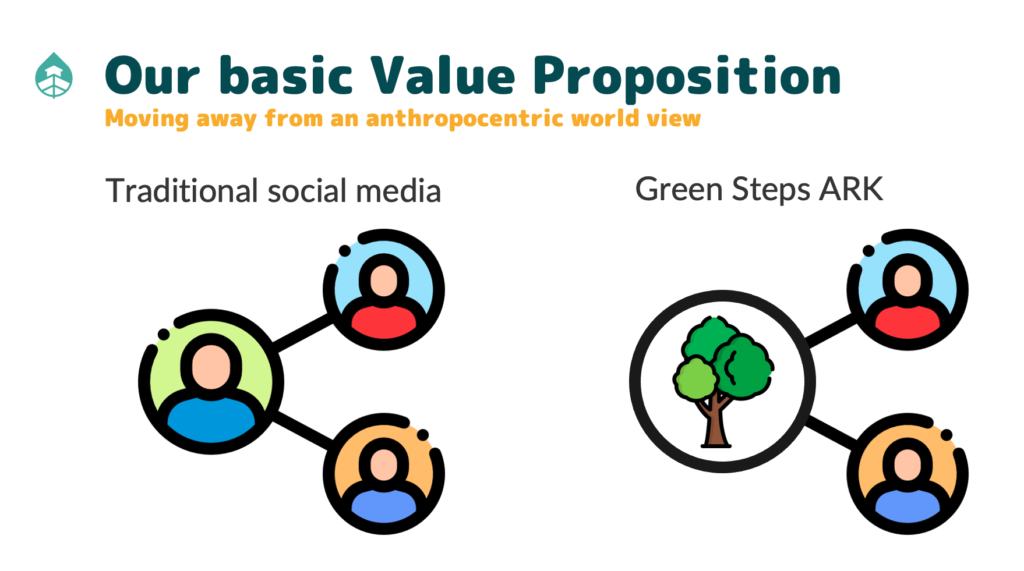
The last three months were really about making our most basic value proposition work: Moving away from an anthropocentric worldview, by connecting people through and with the blue whales of land based life, i.e. ancient trees.
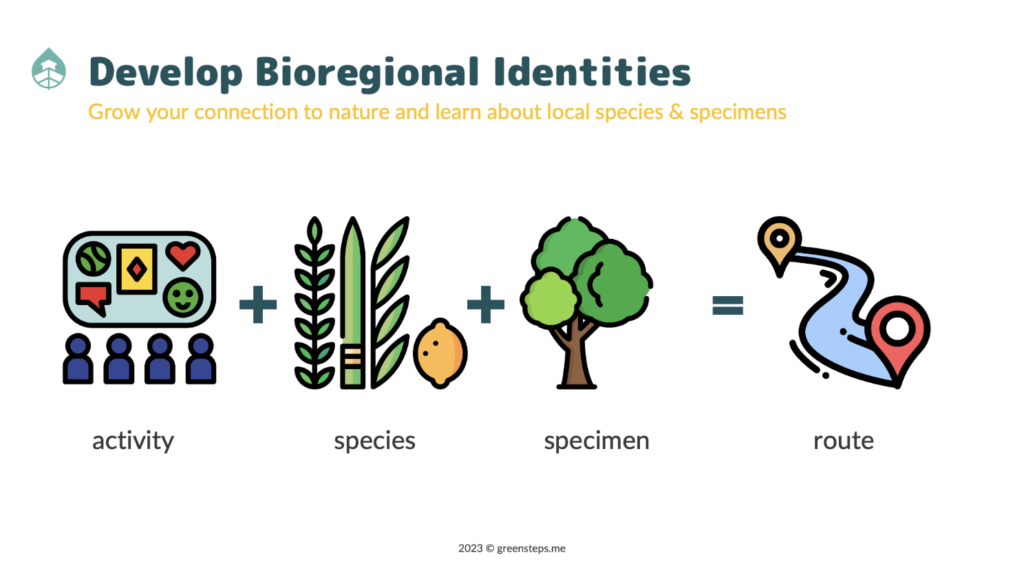
We shared with you how to map trees within a commons and how kickstart an outdoor learning space by importing existing nature monuments. We have explained how to practice place-based education and how to develop Bioregional Identities by combining an activity type with a species and specimens in a route.

All this time, we however missed one important step on the ARK to connect trees as semi-permanent „human scale“ nature elements in your garden or town park with the planet as our common home: the ecoregion.
You might recall that we set out to create an organizational structure which allows not only a few astronauts, but the majority of humanity to experience the overview effect – a cognitive shift, which enables us to perceive the planet as a superorganism that we are part of.
Watch this outstanding and breathtaking 20min film, if you have forgotten the overview effect:
Instead of shooting humanity into outer orbit to gain a concrete experience of how connected each one of us is to mother earth, we decided to find an educational method to break down this abstract concept into more digestible bits and pieces.
Therefore, we cluster trees and the species that they provide habitat for into routes. We build routes within commons, i.e. territories which mostly overlap with established municipalities for which we recommend to not exceed 100 km2.
These commons are part of larger building blocks which conservation scientists call eco- or bioregions. If you checked out your ARK learning space in the past, you would find that you are part of an eco- and bioregion. But we take this concept with this release to the next level in order to make sure that our project has a truly global approach.
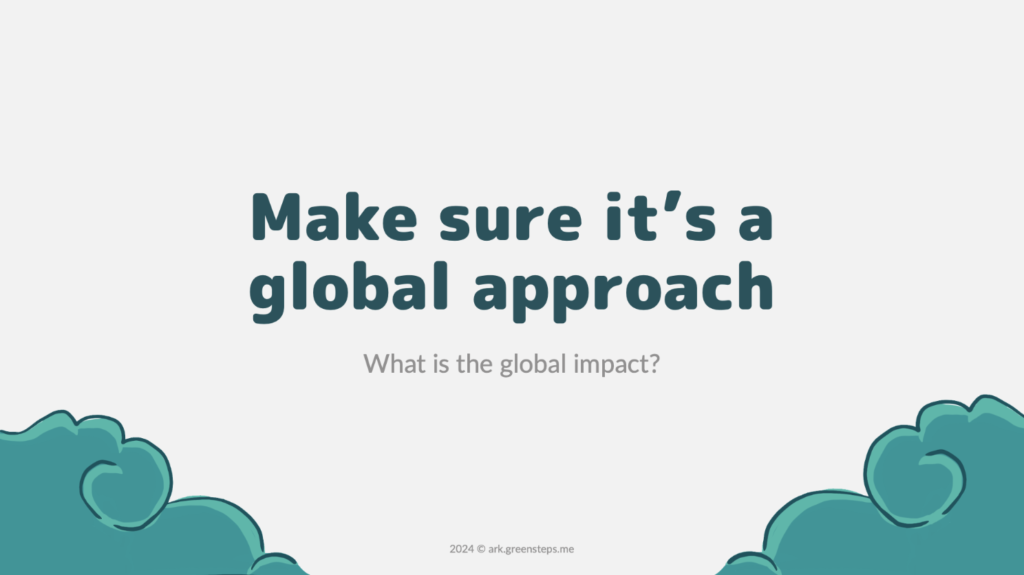
Where are you from? When we ask this question nowadays, we usually navigate a mental map like the one below. Maybe just the parts which you know better. The maps we have in our minds are the result of 19th century nationalism. For at least 200 years we were taught to look at the world by thinking of such maps.
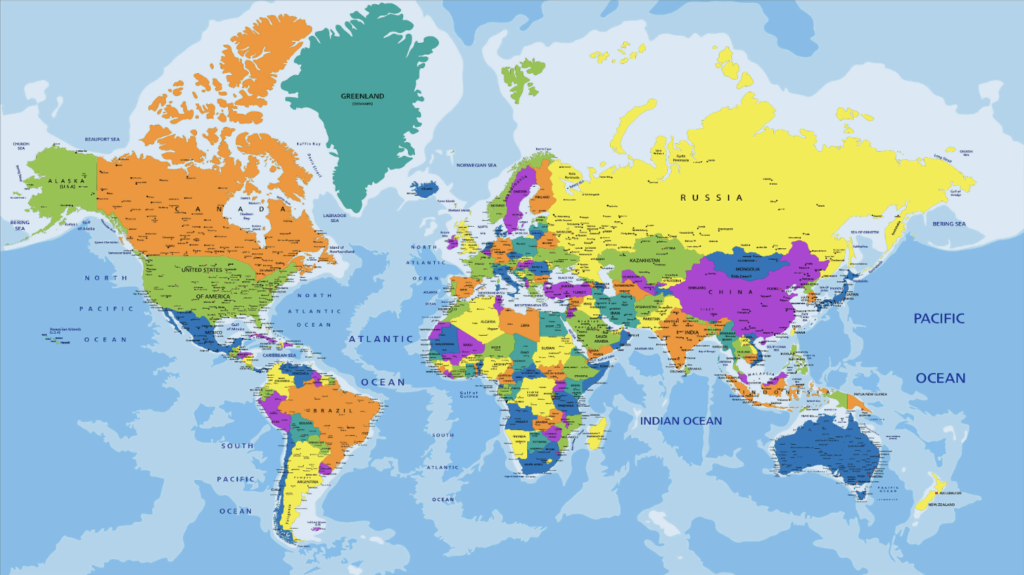
If humanity wants to survive, this world map must change. Nation states are anachronisms, and they are obstacles to the solutions we need today. Climate change does not happen within national borders. It’s a global condition. We live on a single planet. A single biosphere. A single ecosystem which we need to understand as such to be able to protect it.

Despite this deep truth, we need to break down the planet into manageable and meaningful territories. Communities and commons are such manageable units, but there is a layer in between these small entities and the planet at large: the eco- and bioregion.

The bioregional map is a scientific concept that divides the Earth into 8 realms, 27 biomes, 185 bioregions and 844 ecoregions based on their unique plant, animal and physical characteristics, without considering political boundaries. This helps us to better understand the nature that surrounds us, address environmental issues and improve conservation efforts. The concept of bioregions can also help foster a sense of connectedness between people and the natural world, as people often have a closer relationship with the specific ecosystems and landscapes in their bioregion.
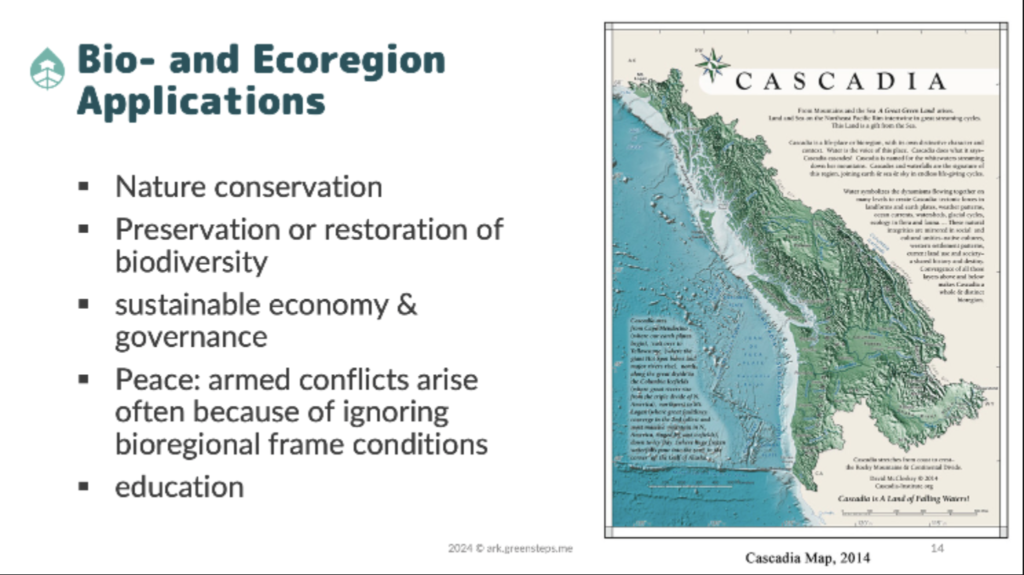
We have imported the data about eco- and bioregions from two NGOs which have done a great job in making the concept more accessible: OneEarth and Resolve. And instead of focusing the application of these territories on nature conservation, we rather use them for an educational end.
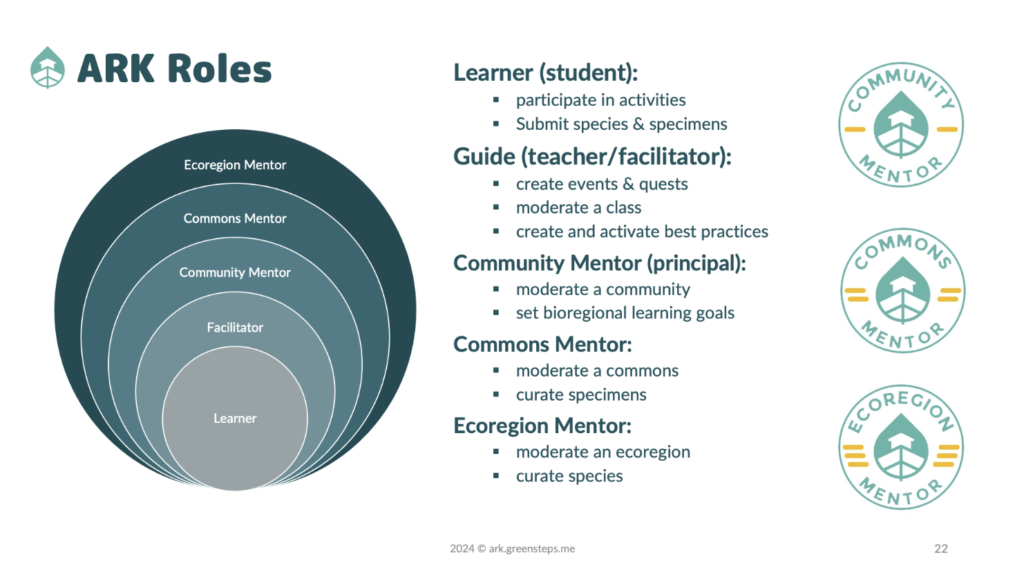
The organizational developer Fred Laloux had a deep and hopeful insight when writing Reinventing Organizations back in 2014. We need the consciousness of Green and Teal Organizations to start healing the world of the wounds of modernity. He even played with the idea, that there will be a time for humanity without competing organizations, when there is only a single human hive in which every member contributes to mutual well-being.
That is the true genius of organizations: they can lift groups of people to punch above their weight, to achieve outcomes they could not have achieved on their own.
[Frederic Laloux]
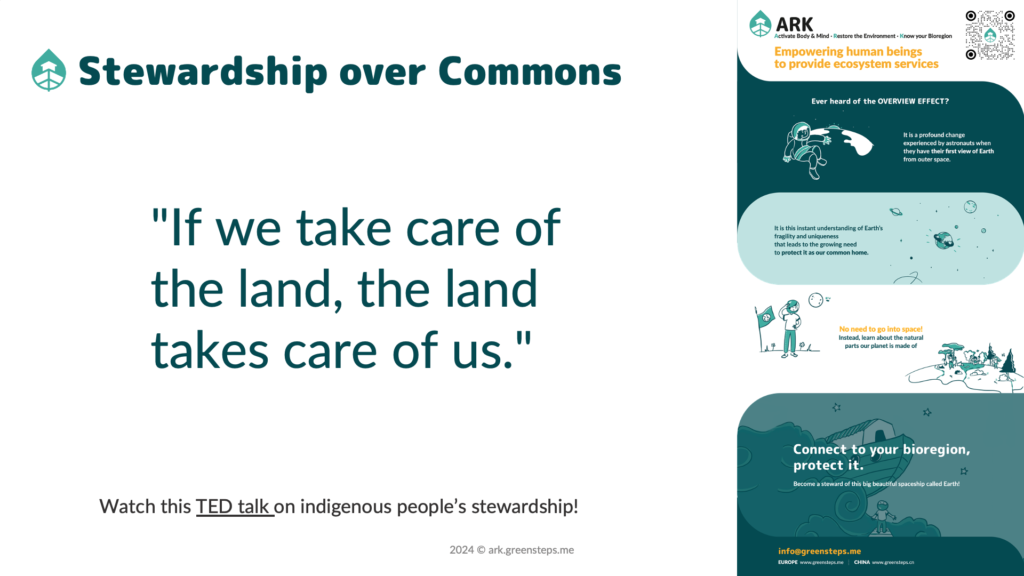
We prepare for such an era of enlightened co-existence and assign on the ARK different responsibilities to stewards and mentors of different organizational categories. Learners focus on self-development. Facilitators (aka guides) focus on the development of others. Community Mentors focus on the sound development of a group of people that share a space or a cause. A Commons Mentor moderates a local territory which can be home to several communities. A Commons Mentor reviews new specimen contributions, if no Community Mentor is available to do so.
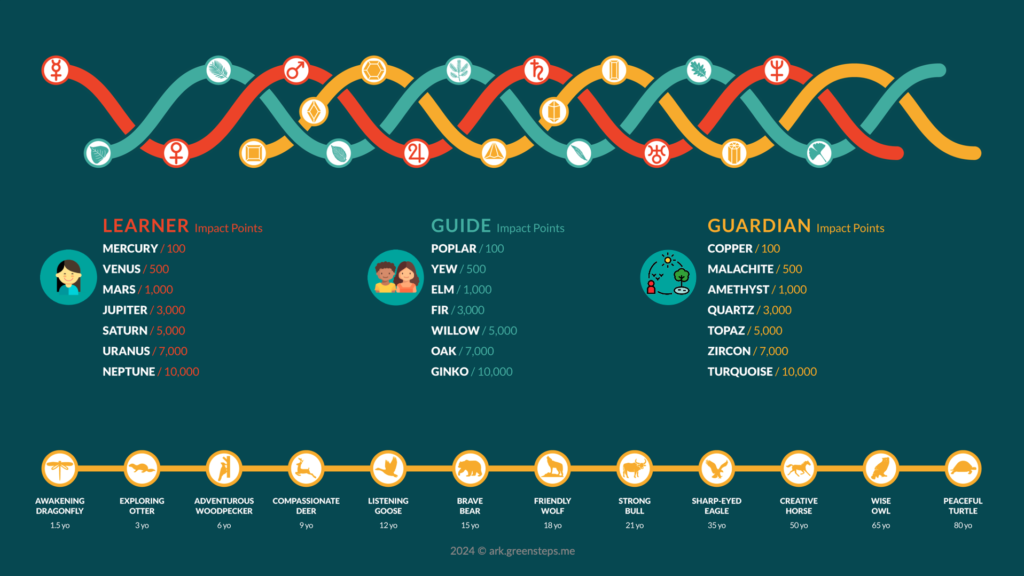
All these roles and responsibilities have been on the ARK for a while, but we missed the Ecoregion Mentor, i.e. the person or team that moderates an entire ecoregion, approves and supports newly created commons, reviews species contributions, and if no Commons Mentor is available to do so, supports Communities to review specimens.
An Ecoregion Mentor moderates the conversation about ecoregion specific issues of sustainable governance and conservation. An Ecoregion Mentor is the solution to the conflict between local action and global thinking: he bridges human scale contribution with planetary impact in line with the scientific territories which are most suitable for sustainable governance.
How can you become an Ecoregion Mentor?
There are currently no conditions to become an Ecoregion Mentor. Find your ecoregion in the interface and sign up. We however recommend to collect experience as guardian in a community or commons. You do so, by observing and mapping trees, and by turning them into trails and routes. This hands-on training familiarizes oneself with trees as the defining nature element for land-based temperate ecoregions.
No idea where to start? Then watch these two manual videos on the Overview Effect and Bioregions and Bioregions and Commons as Learning Space to get started. Read more about bio- and ecoregions on OneEarth’s website or facilitate the best practice about Bio- and Ecoregions for others. And yes, reach out to us and join our telegram group.